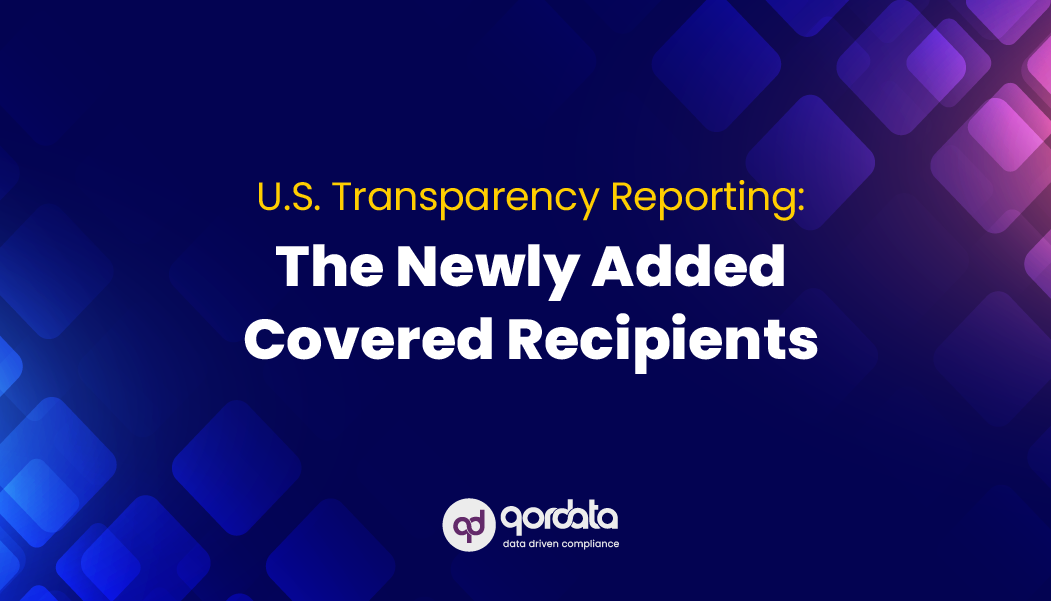A modernized approach, one that involves the utilization of data analytics, technologies, and automation, to compliance, is the way forward for life sciences companies.
Being a broad mandate, compliance modernization spans how the function is governed and covers various other tangents, i.e., technologies, tools, analytics, and their uses. Hence, several parts of a business get affected once a life sciences or pharmaceutical company opts for modernization.
But regardless of the toll, it takes on the business, a modern approach to compliance enables compliance leaders to stay ahead of the continually changing regulations ensuring compliance friendliness while mitigating business-critical risks.
Let’s explore the importance of compliance modernization in the life sciences and for compliance leaders.
Why Compliance Leaders Are Seeking Technological Transformation?
Strict governance, dynamic compliance monitoring operations, and an ever-changing business landscape – the pressures mounted by compliance are constant and relentless.
For quite a while, compliance professionals have focused on point solutions. In contrast, integrated systems or end-to-end platforms are much more viable for compliance monitoring and remediation.
In addition, manual analysis of tactical and transactional data in search of what went wrong compromises the efficiency of pinpointing critical risks.
A more informed approach to further strengthen compliance functions starts with a change of perspective, which relates to shifting the focus from hindsight to foresight and driving insights.
With this change, compliance and regulatory functions get a better opportunity to align themselves with complex compliance requirements to address external pressures while capitalizing on data-led opportunities to drive towards a more effective and efficient compliance program capable of addressing tomorrow’s challenges.
Outcomes of Compliance Modernization for Life Sciences
In the fewest possible words, a modernized compliance function may be an organization’s greatest asset in monitoring external and internal compliance risks.
You can also consider it intuition or a farsighted move that enables an organization to accurately and efficiently determine compliance risks, opportunities, and other integral components.
So here are some benefits that life sciences can unlock through compliance modernization:
- Drive significant reduction in fines, penalties, compliance issues, and findings.
- Derive meaningful information or insights from data that would optimally influence risk management and control efficiency.
- Generate actionable data by measuring results that would end up improving your compliance processes.
- Get predictive intelligence and planning in addition to backward-looking analysis and reporting.
- Cultivates an organization-wide ethical culture that makes compliance more of a built-in trait of life science or a pharmaceutical company.
The Prominent Compliance Modernization Drivers
- Regulatory Pressures: Evolving compliance standards and expectations mount pressure on compliance professionals. On top of this, regulatory audits and inspections are yet another reason compliance modernization is no longer optional.
- Monitoring Challenges: Regardless of how efficient a manual compliance monitoring process is, it is still manual, which means there’s a lack of strategic approach internally and externally, the probability of a business-critical risk is high, and it takes time to implement remediation tactics in case a violation is identified given that the model is manual.
- Use of Emerging Technologies: Automation in compliance, process enhancement, risk sensing, leveraging data to strengthen decision making, and cognitive compliance – these are some aspects that can be improved with the adoption of emerging technologies or, in other words, adoption of a data-driven compliance monitoring platform.
The Bottom Line
Not every life sciences company will push beyond the limits. But to achieve a consistent motion, the movement must be in one direction: forward. So, moving along the compliance monitoring evolution is no longer an option.
Instead, adapting to an end-to-end compliance monitoring platform that lays out the foundation of an efficient, strategic, and effective compliance monitoring process is the key to your compliance program’s success.
In addition, part of achieving compliance success in the life sciences domain also depends on harnessing the power of data to benefit the organization as a whole.
Therefore, wherever your organization is starting, it’s imperative that you keep the basics of compliance modernization intact right from the start and gradually improve your compliance team’s effectiveness by integrating data and technologies.



